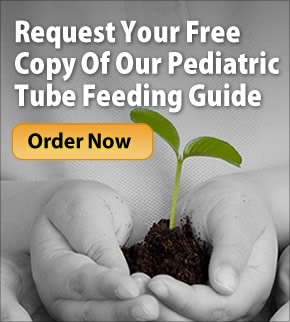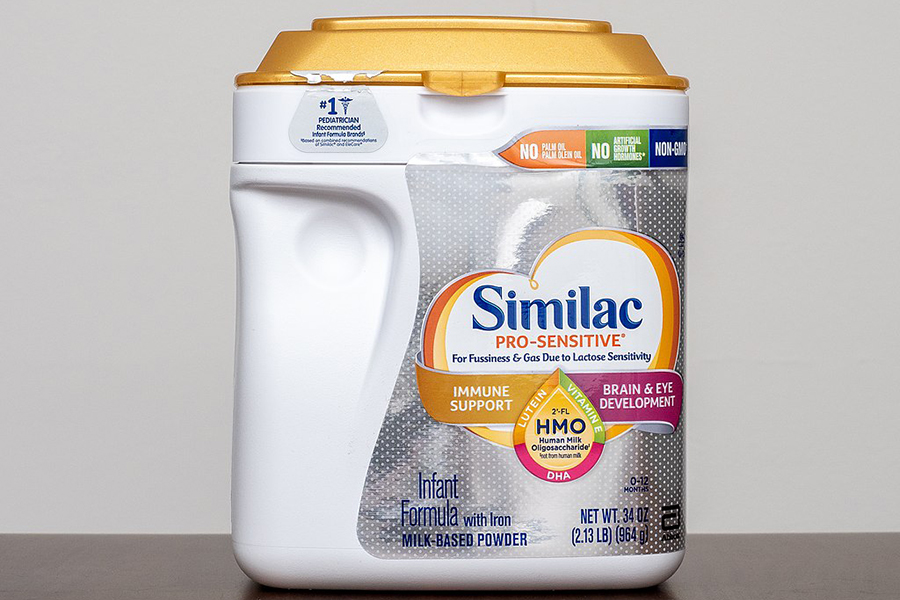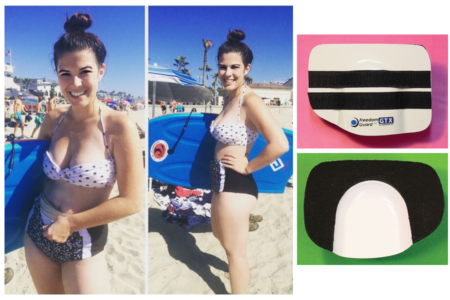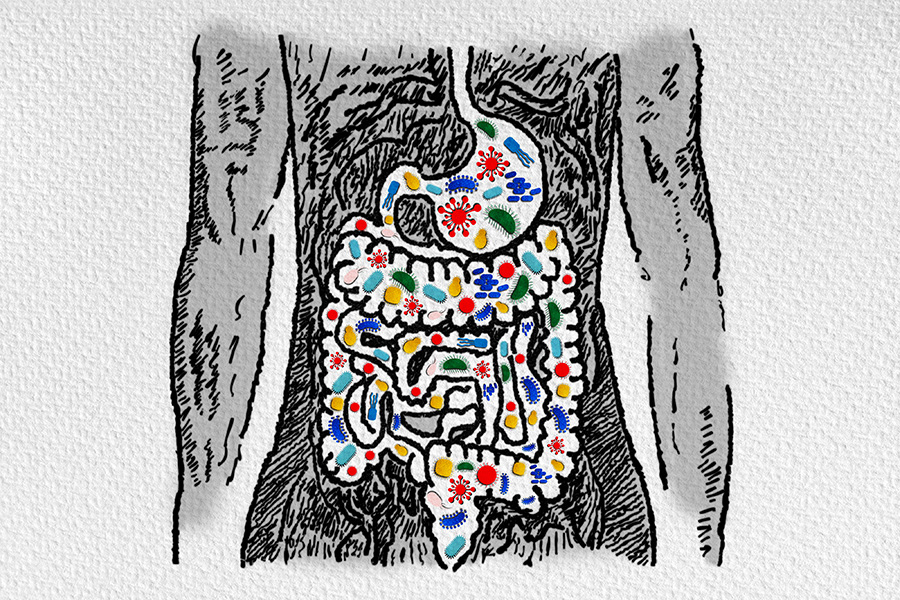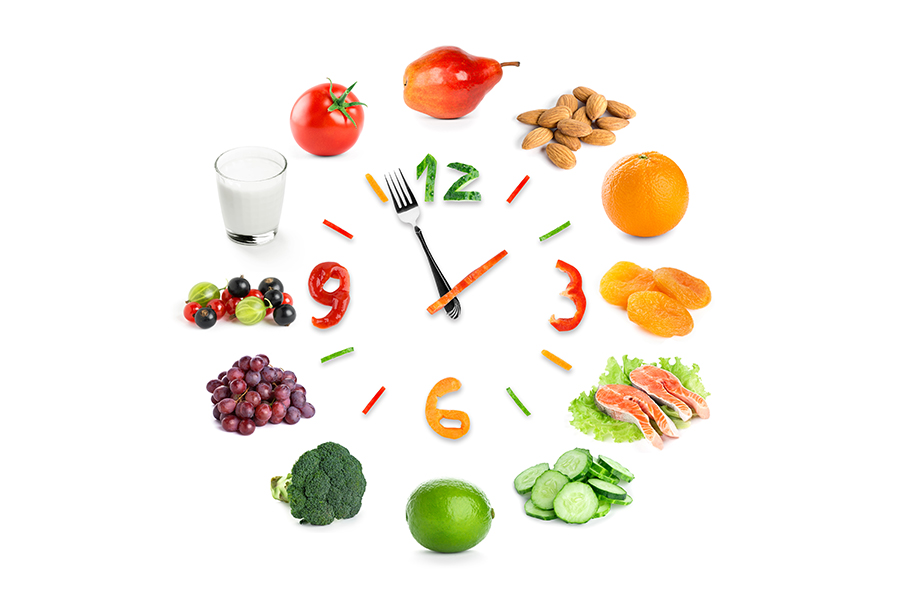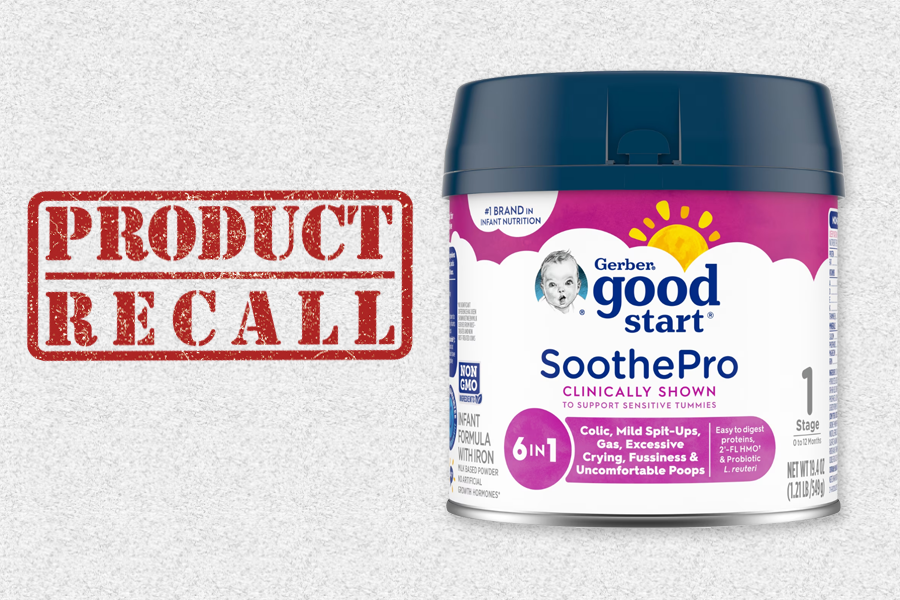Choosing A Formula With The Heart In Mind
It may seem like an obvious choice to prescribe a disease-specific oral or tube feeding formula to a patient with diagnosed diabetes or hyperglycemia. However, this is not always the best choice or the only choice for patients with diabetes. Understanding the causes of hyperglycemia or elevated blood sugars can help clinicians determine what type of formula will best meet the patient’s needs.
Many factors can contribute to hyperglycemia, especially in the acute hospital setting. These might include stress related to infection, illness or trauma or changes in medications. Consistent carbohydrate intake from a balanced diet, whether from food or formula, has been shown to promote stability in blood glucose levels and this can certainly be achieved with the use of a standard tube feeding formula.
Most diabetic formulas contain more than 40% of calories from fat in order to keep carbohydrate around 35% of total calories. The recommended balanced diet typically includes 50-55% calories from carbohydrate and less than 30% of calories from fat with the remainder coming from protein. Since heart disease is the leading cause of death in persons with diabetes, maintaining a balanced diet, whether by oral route or tube feeding, should be the nutrition goal.
To ensure optimum heart health, the following labs or tests should be checked at least 1-2 times each year:
A1C Goal: <7%
BP Goal: <130/80 mmHg
HDL Goal: >40mg/dL
LDL Goal: <100 mg/dL
Triglycerides Goal: <150 mg/dL
Source: American Diabetes Association
Test Your Knowledge
True or False: Tube-fed patients with diabetes must be on a diabetic formula. (Answer below)
Healthy At Home
Once your patient has been discharged home on tube feeding, the goal becomes avoiding readmission to the hospital. A clogged tube can make it difficult to achieve this goal. Causes include a kink or bend in the tube, or dried formula or medication. The following tips can help prevent a feeding tube clog:
• Check the feeding tube periodically for patency.
• Flush the tube with at least 30-60mL of water before and after formula or medication administration, or each use.
• Dissolve medications in warm water prior to administration. Use liquid forms of medications when possible.
• Avoid putting products down the tube that were not prescribed for that purpose.
• If the feeding tube becomes clogged, try the following:
1. Attach a 60 mL syringe to the feeding tube and pull back on the plunger to remove as much fluid as possible.
2. With a 60 mL syringe, administer 10 mL of warm water. Gently move the plunger back and forth to help loosen and clear the blockage.
3. If the clog does not clear, clamp the tube for 5-15 minutes. Gently squeeze the tube between your fingers to help remove the blockage.
4. Unclamp the tube and repeat step 2.
Test Your Knowledge Answer:
False. Tube-fed patients with diabetes can manage their blood glucose while on standard tube feeding formulas.
Shield HealthCare Featured Product: Isosource 1.5
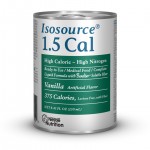 November is American Diabetes Month. It is estimated that diabetes affects 25.8 million Americans. While commercial formulas designed for diabetes are available, most contain 42-49% of calories from fat. Higher fat intake may contribute to elevated triglyceride levels over time, raising risk for heart attack and stroke. Isosource 1.5 is a standard formula with only 44% carbohydrate and 38% fat calories, as well as fiber. Due to this composition, it maybe a great choice for your tube-fed patients with diabetes.
November is American Diabetes Month. It is estimated that diabetes affects 25.8 million Americans. While commercial formulas designed for diabetes are available, most contain 42-49% of calories from fat. Higher fat intake may contribute to elevated triglyceride levels over time, raising risk for heart attack and stroke. Isosource 1.5 is a standard formula with only 44% carbohydrate and 38% fat calories, as well as fiber. Due to this composition, it maybe a great choice for your tube-fed patients with diabetes.
Shield HealthCare Uses Sound Clinical Judgment To Care For Your Patients
Lisa, a Shield HealthCare Registered Dietitian, was contacted by the oncology nurse to assist with a patient who had lost 12 percent of his body weight in one month—a clinically significant amount. Ted is a head and neck cancer pati ent who had a jejunostomy tube placed to help prevent weight loss during cancer treatment. He needed to get stronger in order to endure his rigorous therapy. When Lisa arrived at the patient’s home, he was frail, frustrated and hungry. She spent two hours with the patient and his wife, teaching them how to operate the feeding pump. She educated them on cycling the feeds so that Ted didn’t have to be connected to the pump all day. She also reviewed regular water flushes for hydration and tube patency, and how to keep the tube clean. Since Lisa’s intervention, Ted has been holding a steady weight, which his Oncologist is very pleased about. He now confidently manipulates his jejunostomy feedings to work best for him and his treatment.
The Shield HealthCare Enteral Nutrition Support Program (ENSP) Advantage:
- Enteral pump setup within 4 hours of discharge in most cases
- Expert Registered Dietitians in all areas we serve
- Direct dietitian-physician communication
- Wellness checks and quarterly nutrition screenings
- Clinical and nutrition in-services for your staff
- Fewer hospital visits for your patients








